Joh Jos Prüm Graacher Himmelreich Riesling Spätlese 2022
$129.99
Product Information: The 2022 Spätlese delivers a mesmerising balance between elegance, freshness, racy fruit and slate-like minerality. There is considerably more depth of fruit here than in the Kabinett-level wines, although not necessarily more overt sweetness. The 2022 Graacher Himmelreich Spätlese has a remarkable bouquet of garden herbs after the rain, behind delicate white tree fruit aromas. Stunning concentration here too, very direct with a medium-bodied palate. Long, slatey and surprisingly balanced for this category even this early in its development. Situated in the Mosel wine region, along the Mosel River in Germany. This region is renowned for producing some of the best Riesling wines in the world. Graacher Himmelreich directly borders the southern edge of the Wehlener Sonnenuhr vineyard. The wines from this site often challenge those from its more famous neighbour, especially in hot, dry years. Looking at the vineyard conditions, the hill faces slightly more westwards than the Wehlener Sonnenuhr, i.e. it has a more south-west exposure, it is a little less steep and has deeper soils which act as excellent water reservoirs. It is impossible to describe JJ Prüm wines without mentioning the German Pradikatswein Wine Classifications that indicates the ripeness level of the Riesling grapes. At the Spätlese level, the Prüm wines are still light in body, but the flavour intensity and depth of character go up markedly, and the 2022s deliver a mesmerising balance between elegance, freshness, racy fruit and slate-like minerality. There is considerably more depth of fruit here than in the Kabinett-level wines, although not necessarily more overt sweetness. Instead, it is a question of more flesh, more power and, therefore, wines that can stand up to richer food. Katharina Prüm believes this category is the most versatile at the table – we tend to agree. To put that into context, the lightest in the German Riesling spectrum is Kabinett (picked at full ripeness), moving on to Spatlese (Late Harvest), Auslese (Select Harvest), Auslese (Select Harvest) Goldkapsel, Auslese (Select Harvest) Lange Goldkapsel, Beerenauslese (Select Berry Harvest), and then the ripest being Trockenbeerenauslese picked as single berries that are almost raisinated by noble rot and selected by hand, further these berries are dried on straw mats further concentrating the sugars and flavour/aroma compounds. Generally speaking, the later the harvest, the longer the wine can live, so Spatlese is more age-worthy than Kabinett, Auslese more so than Spatlese, and so on. Maker: The Prüm family story in the Mosel dates back to 1156, beginning with was Johann Josef Prüm (1873 – 1944) who founded the estate in 1911. By the mid-1930s Johann Josef’s son, Sebastian, forged the distinctive style of the Prüm wines. From 1969, the imitable Dr Manfred Prüm would elevate Joh. Jos. Prüm to even greater heights, today the estate is run by Manfred’s daughter Katharina Prüm who watches over 13.5 hectares of vines on the harrowing slate-rich slopes of the Middle Mosel. In The Wines of Germany, Stephen Brook writes “With the rise of so many excellent winemakers in the Mosel, one might have supposed that Joh. Jos. Prüm, with its profound conservatism, might have been overtaken and left behind. Not a bit of it. The Estate remains where it has been for decades: at the summit.” Which begs the question, what is the secret to J.J. Prüm’s continued success? How do they stand out among top Mosel producers? It’s all about their exceptional vineyards: old vines at great sites, keeping the lowest yields, daring but calculated late harvesting, and a careful selection of the finest berries. Joh. Jos. Prüm’s vineyards are at forefront of the estate’s success. Their holdings include vineyards – Wehlener Sonnenuhr, Graacher Himmelreich, Bernkasteler Lay, Bernkasteler Badstube and Zeltinger Sonnenuhr. All of these sites are exclusively dedicated to growing and harvesting Riesling grapes for Joh. Jos. Depending on the specific vintage, the average annual production of wine is typically
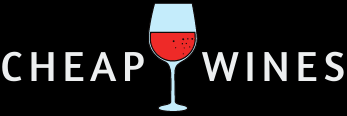
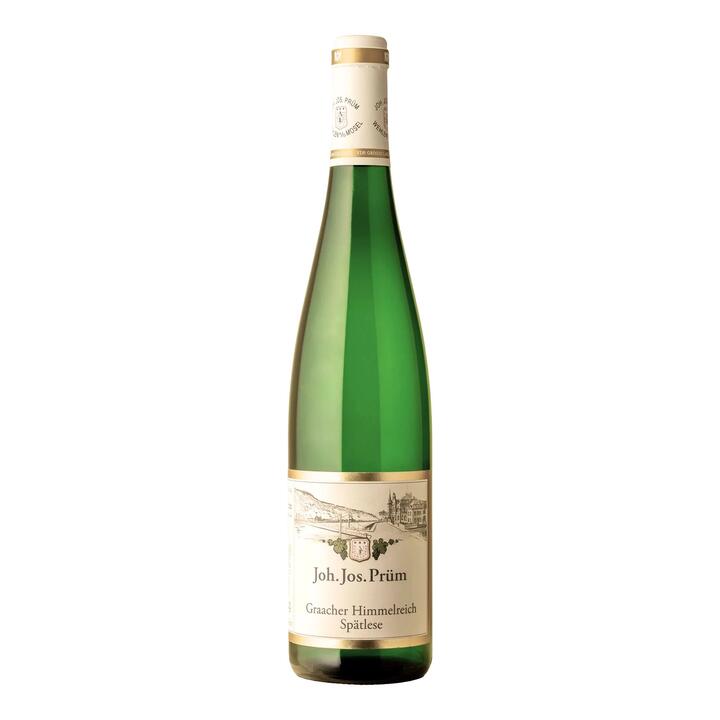
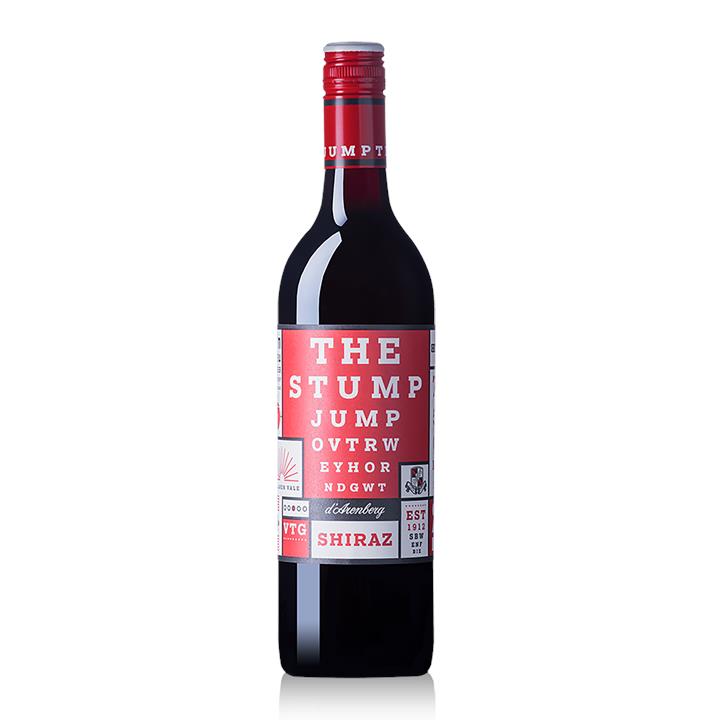
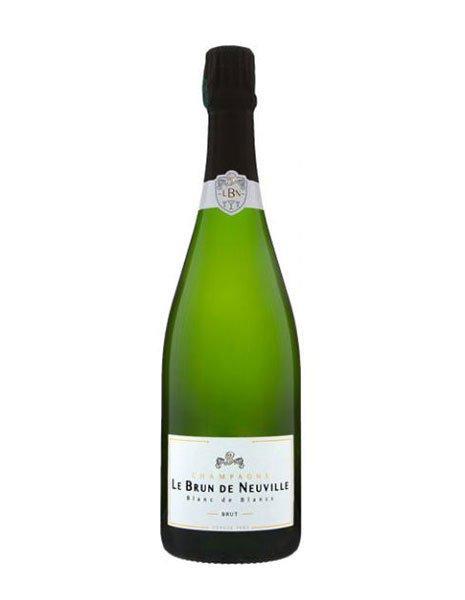
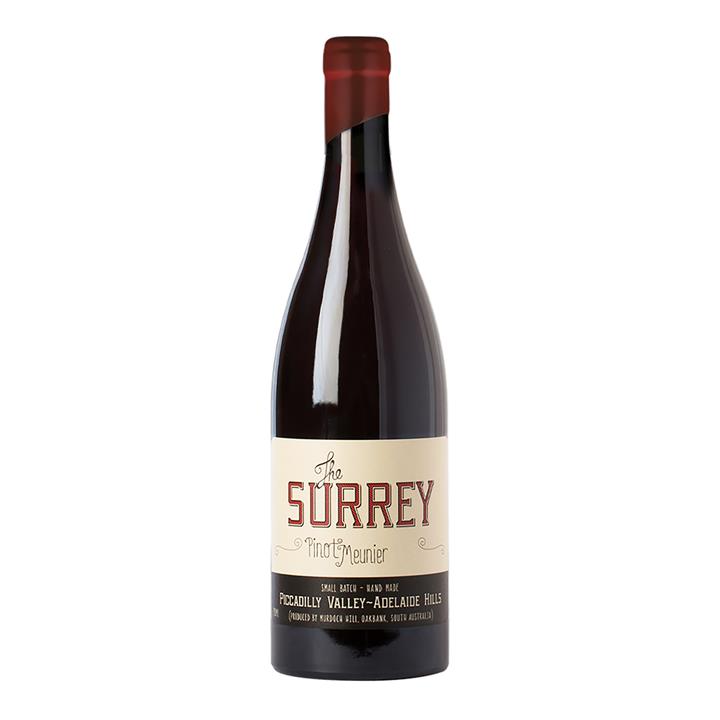

There are no reviews yet.